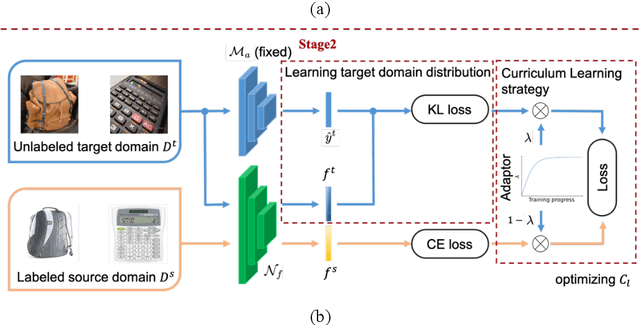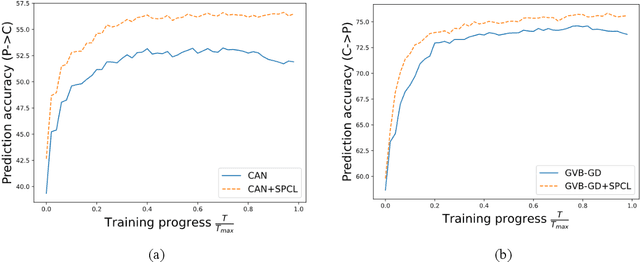Shengjia Zhang
Advancing Loss Functions in Recommender Systems: A Comparative Study with a Rényi Divergence-Based Solution
Jun 18, 2025Abstract:Loss functions play a pivotal role in optimizing recommendation models. Among various loss functions, Softmax Loss (SL) and Cosine Contrastive Loss (CCL) are particularly effective. Their theoretical connections and differences warrant in-depth exploration. This work conducts comprehensive analyses of these losses, yielding significant insights: 1) Common strengths -- both can be viewed as augmentations of traditional losses with Distributional Robust Optimization (DRO), enhancing robustness to distributional shifts; 2) Respective limitations -- stemming from their use of different distribution distance metrics in DRO optimization, SL exhibits high sensitivity to false negative instances, whereas CCL suffers from low data utilization. To address these limitations, this work proposes a new loss function, DrRL, which generalizes SL and CCL by leveraging R\'enyi-divergence in DRO optimization. DrRL incorporates the advantageous structures of both SL and CCL, and can be demonstrated to effectively mitigate their limitations. Extensive experiments have been conducted to validate the superiority of DrRL on both recommendation accuracy and robustness.
Boosting Unsupervised Domain Adaptation with Soft Pseudo-label and Curriculum Learning
Dec 03, 2021



Abstract:By leveraging data from a fully labeled source domain, unsupervised domain adaptation (UDA) improves classification performance on an unlabeled target domain through explicit discrepancy minimization of data distribution or adversarial learning. As an enhancement, category alignment is involved during adaptation to reinforce target feature discrimination by utilizing model prediction. However, there remain unexplored problems about pseudo-label inaccuracy incurred by wrong category predictions on target domain, and distribution deviation caused by overfitting on source domain. In this paper, we propose a model-agnostic two-stage learning framework, which greatly reduces flawed model predictions using soft pseudo-label strategy and avoids overfitting on source domain with a curriculum learning strategy. Theoretically, it successfully decreases the combined risk in the upper bound of expected error on the target domain. At the first stage, we train a model with distribution alignment-based UDA method to obtain soft semantic label on target domain with rather high confidence. To avoid overfitting on source domain, at the second stage, we propose a curriculum learning strategy to adaptively control the weighting between losses from the two domains so that the focus of the training stage is gradually shifted from source distribution to target distribution with prediction confidence boosted on the target domain. Extensive experiments on two well-known benchmark datasets validate the universal effectiveness of our proposed framework on promoting the performance of the top-ranked UDA algorithms and demonstrate its consistent superior performance.
 Add to Chrome
Add to Chrome Add to Firefox
Add to Firefox Add to Edge
Add to Edge